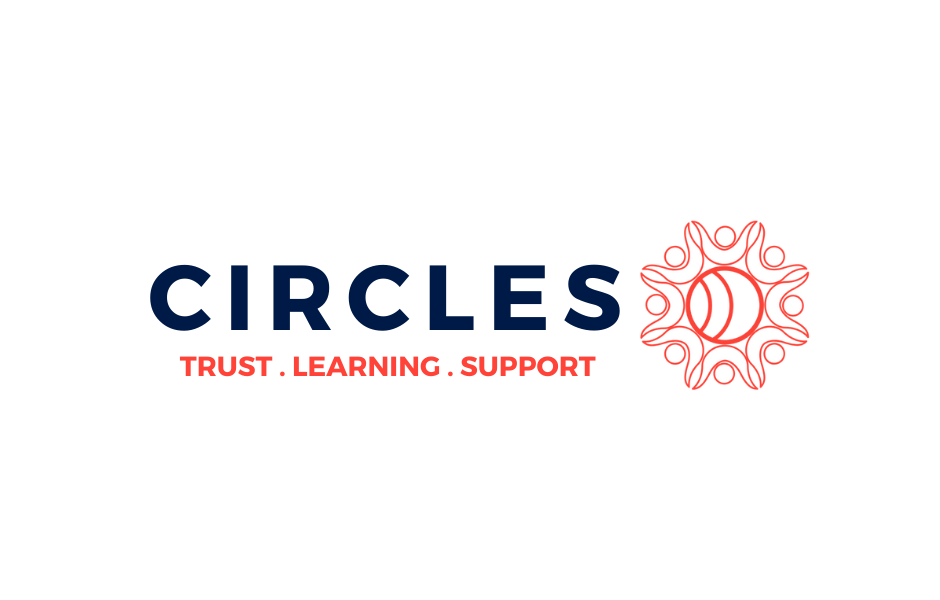How to Create Your Own News Bureau
Jon Barrett
Bloomberg Cities
Bill Nichols
Freedman Consulting
Key Takeaways:
Does creating a content unit make sense for your organization?
What are the basic staffing/budget/infrastructure requirements?
How can a content unit further the communication or policy goals for your nonprofit?
Slide Deck:
Breakout Notes:
The Primary Challenge
Successfully pitching stories to the media has always been hard, and it’s getting harder as there’s fewer reporters to pitch to these days.
Common frustration: Hard-won effort to get a story published only to NOT do justice to topic, what you had in mind.
Why to consider becoming your own publisher, news bureau. Owning your media vs. working to earn media.
You control your message more specifically and more strategically.
You eliminate trying to seduce reporters.
More control over engaging the right audience in the right way.
In order to have impact, you don’t need to have the resources to create an entire newsroom. Kaiser Health News an example at the high end of the scale, but you can do a lot with a little.
What Do You Need?
Create a content unit to communicate your story to the field. Self-contained newsroom, can have varying degrees of independence.
Ex: The Trace, an independent news platform funded by Bloomberg Philanthropies.
A team: Can work at any size, however small.
A publishing platform: Creating content not enough. The power to publish is what frees you from the need to pitch. Start simple. Medium a popular platform choice, though analytics less robust.
A social media strategy: Get beyond Twitter. All about eyeballs. Don’t need to start from scratch. Email = best bang for the buck. Integrate followers, event attendees onto email list.
Audience comments on content creation by staff vs. other contributors: Good value from hiring freelance writers over, sometimes a training curve, sometimes heavy editing needed. Templates can help (Ex: standardized Q&A formats).
Content approach is not journalism, but also not public relations more of a hybrid. Content rooted in fact, lessons learned. Your communications goals should help reveal the right path.
How to Tackle This Task
A theory of the case – What’s your goal?
Change a specific issue?
Build cohesion between grantees?
Drawing attention to your org’s research?
Bloomberg Cities Content Unit:
Mission-driven
Engages in multiple workstreams
Editorial-dependent
A small staff can still make a real difference
Content after year 1: 150+ blog posts
8K news subscribers
Jon: Approval process streamlining important, can skip the need to get approval from the source.
Alternative:
Investing in Existing Journalism – Amplifying messages in local media.
Local media wasting away – too many issues left uncovered. Ex: Poverty coverage almost nonexistent.
Endow a reporter:
Underwriting from philanthropy can really help. Ex: Indianapolis Star – Local philanthropy stepped in to fund reporting resources after arts coverage went away. Paper retains editorial control.
Help Multiply Resources:
Ex: Walton Family Foundation helped fund collabs between NY Times and local New Orleans media.
The Tradeoff: Editorial control.
Conclusion
Making your own news bureau is about creating opportunities for nonprofits, foundations, advocacy orgs, to take control over their own narrative and stories.
News partnership model: Can broker collaborations to leverage available talent at other news shops to do a story that both publications can run.
Comment: Great art, graphics, photos makes a huge difference, high quality freelance photographers available.
Souring story leads: volunteers can be goldmines for leads, training of story recognition and prompts to share with staff can help.
Question: How are these team’s structured: Jon’s team was put together, employed by the philanthropy. Bill’s team independent, separate from funder Annie E. Casey.
High impact stories tie to something timely, urgent, but a good story can still stand on its own.
These notes were captured by The Communications Network and have been reviewed by the presenters. ComNet18 Breakout Session notes were made possible thanks to the generous support of the Kalliopeia Foundation.



